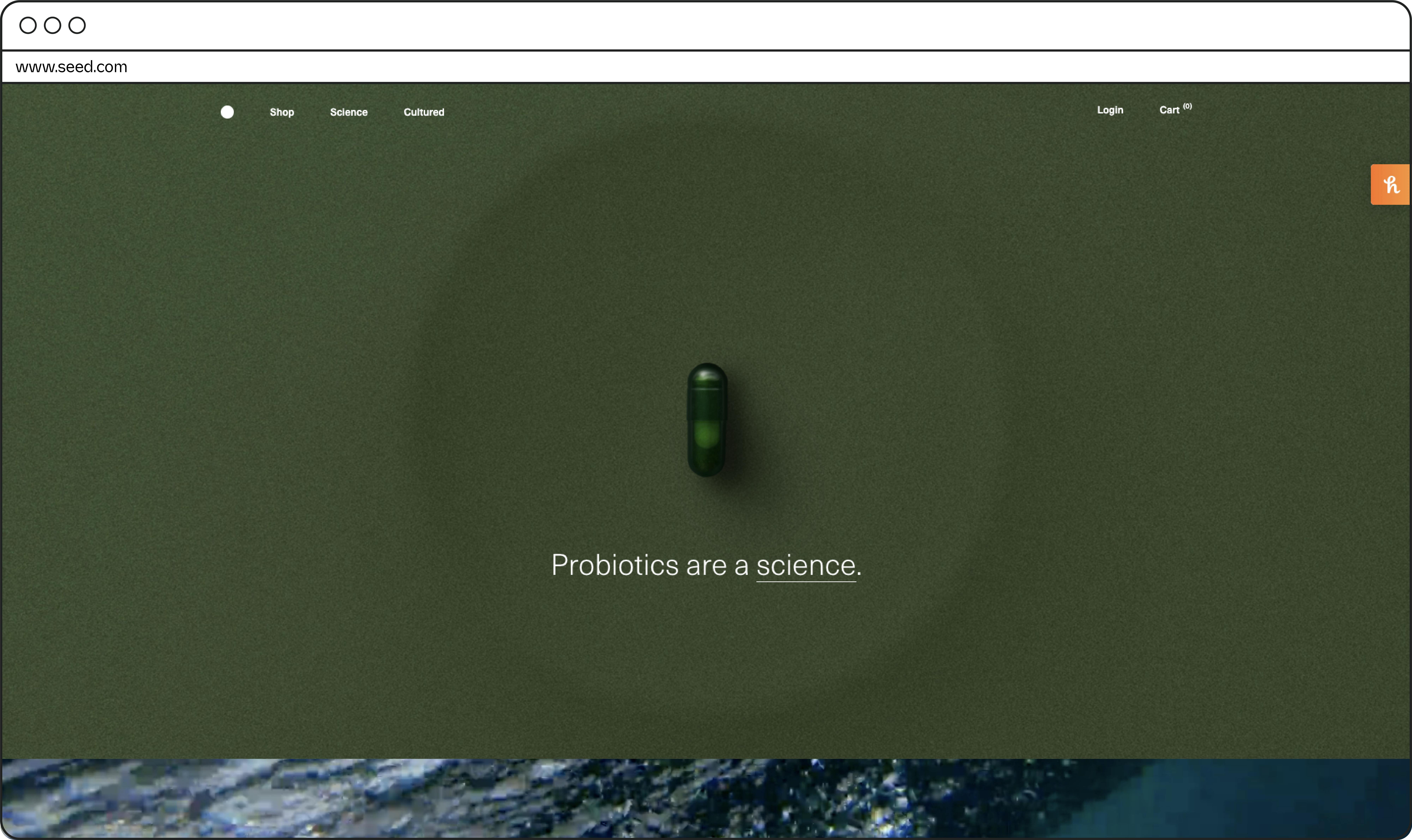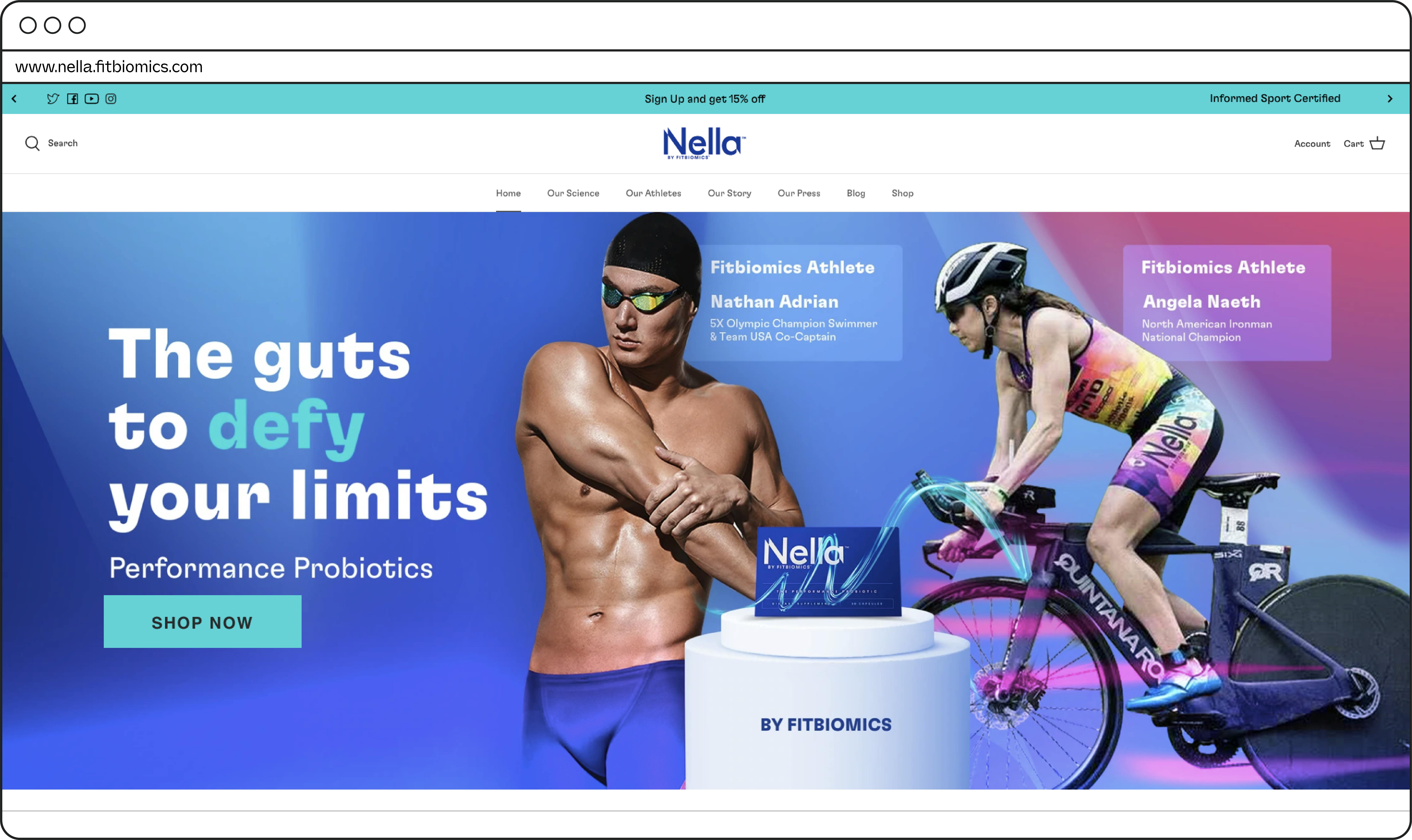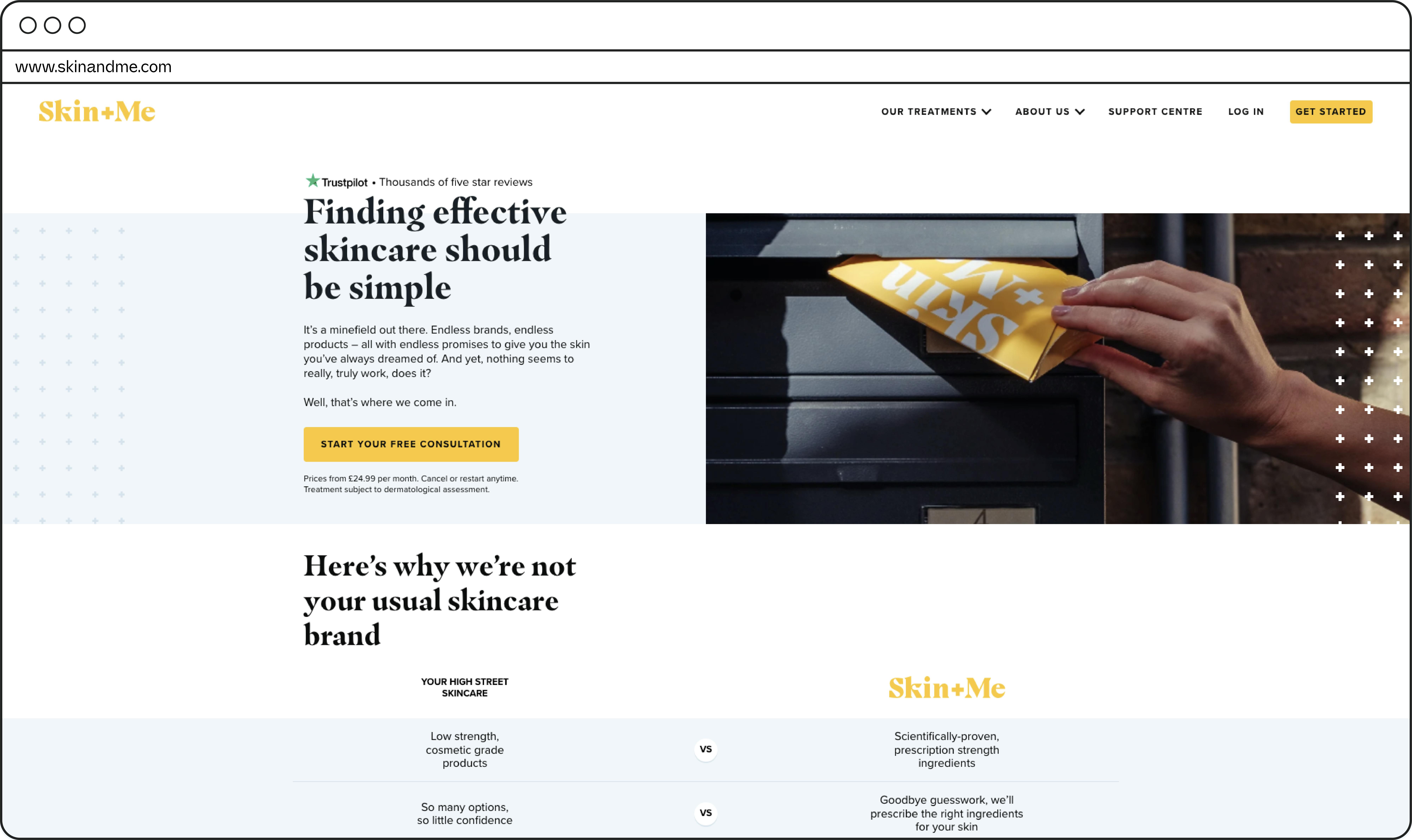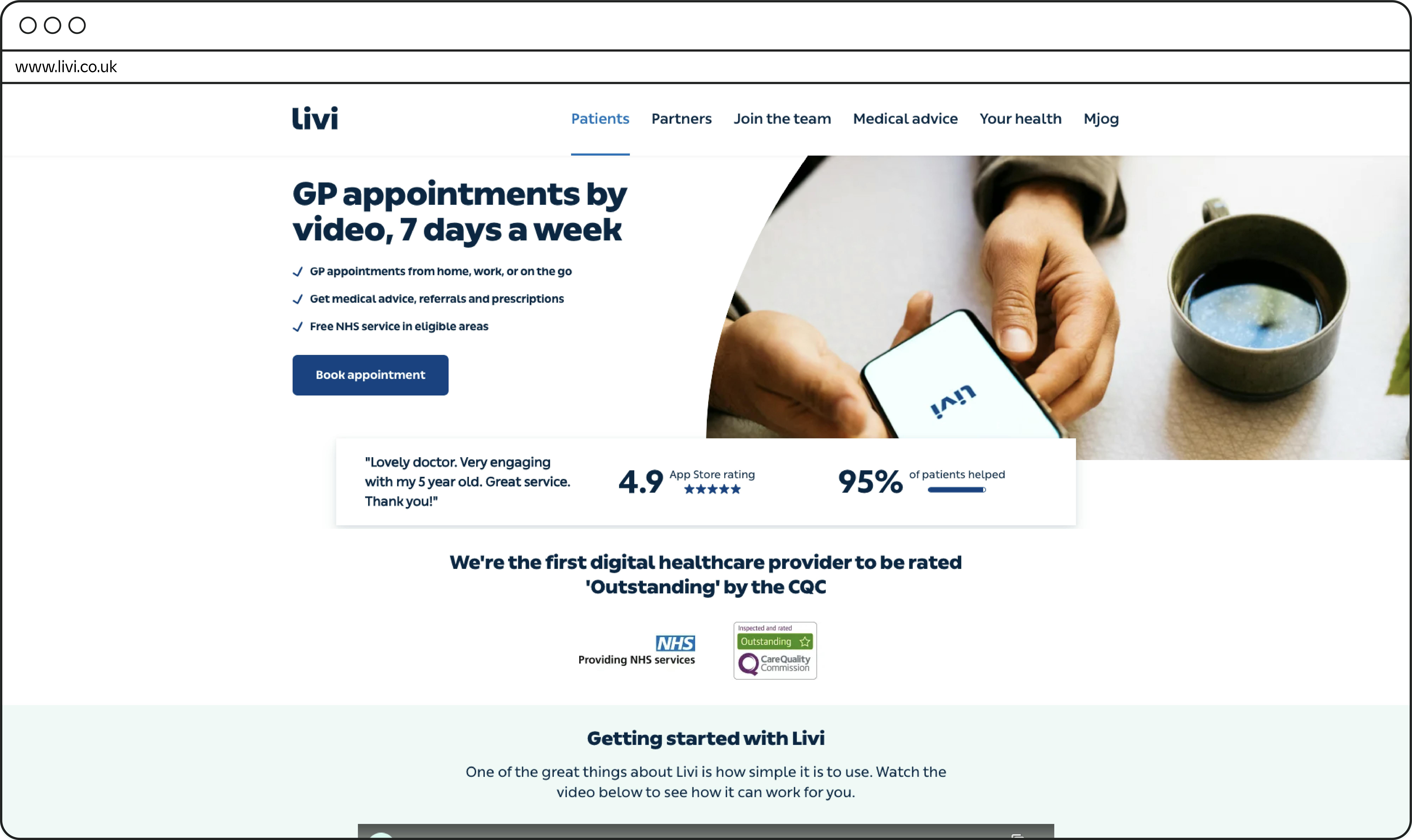Empowerment, inclusivity, and accessibility
The smartphone has put all aspects of health into people’s pockets. With apps full of fresh insights about our bodies just a tap away, our health is more tangible.
People feel informed and empowered to make decisions, and able to be proactive about their health. This shift means brands have permission to play a much broader, and more intimate, role in our lives. By providing access to empowering information, HealthTech brands become a trusted partner and confidante, nudging us to do better and be better. And when they get it right, they gain the customer’s confidence and can guide the trajectory of their product’s evolution in partnership with its customers.
Consumers expect health brands to be cognisant of the role they play — and the responsibility they have — to enable access. A multitude of decisions affect the usability of products and services, making all the difference to the end user. From ‘age-friendly’ UI and product design, to using Plain Language and alt text on images for screen readers, without awareness built into every experience design decision, you cannot connect.
This applies too when brands consider who they are including and excluding in the decisions they make. Historically, people of colour, LGBTQ+, and women have been excluded from healthcare conversations, research, and provision. With consideration, brands now have the opportunity to be at the forefront of driving awareness of, and addressing, these gaps in healthcare delivery.
The challenge is how you create a brand that campaigns for its customers and uses its platform for good. Brands are owning and authoring really bold and honest brand campaigns. The tone of voice has changed. It is about breaking down taboos, educating, and creating representation.
We can find a richness of examples when we look at the blossoming femcare sector. A frontline for brand education and activism. Look at the period tracking app Flo who provide daily insight into people’s menstrual and reproductive health, or period underwear brand Thinx who are on a mission to remove period stigma and advocate for period equity, or Tena who are busting taboos surrounding menopause and adult incontinence.
Sexual wellness is another taboo busting sector, with some very exciting brands investing a lot of time and money in a category that is expected to reach $125 trillion by 2026. Mindful sexual wellbeing app, Kama, states that “Pleasure is health”, while OMG Yes focuses on women’s sexual pleasure.



